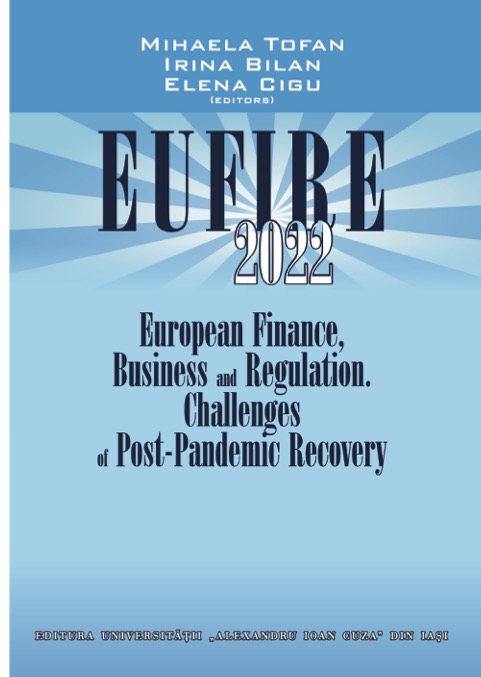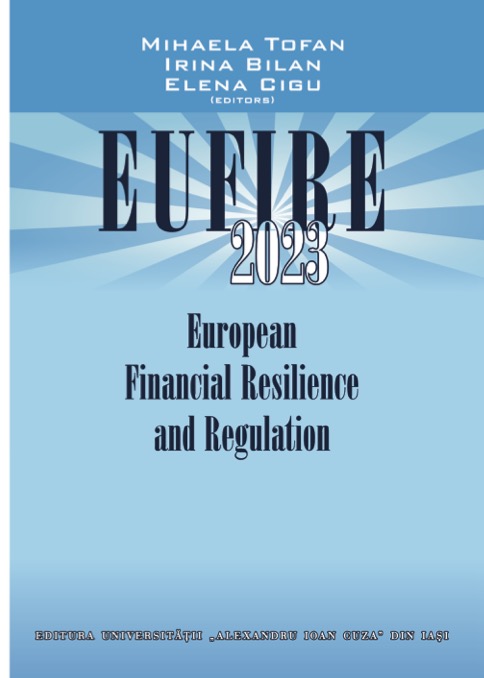
E-SERVICE RECOVERY ON CONSUMER'S BEHAVIORAL INTENTIONS: APPLIED STUDY ON MEDIATING EFFECT OF POST-RECOVERY SATISFACTION FOR CUSTOMERS OF ROMANIA'S BANKING SECTOR
E-SERVICE RECOVERY ON CONSUMER'S BEHAVIORAL INTENTIONS: APPLIED STUDY ON MEDIATING EFFECT OF POST-RECOVERY SATISFACTION FOR CUSTOMERS OF ROMANIA'S BANKING SECTOR
Keywords: E-service recovery; service failure; consumers satisfaction; behavioural intentions;
The proliferation of banking and financial services technology-driven initiatives has resulted in a dizzying array of systems services failures. Consequently, banks must prioritize e-service recovery to achieve optimistic consumers' behavioural intentions and e-service recovery satisfaction.This research adds to theory and practice by assessing the relationship between online service recovery and customers' behavioural intentions with the mediating influence of post-recovery satisfaction. The relationships between study variables were statistically tested in a quantitative online questionnaire on a Likert scale of five points. Simple and multiple regression analyses were conducted on data collected from 325 respondents who were e-banking customers in Iasi, Romania, and who reported experiencing an online banking service failure. The findings reveal that only two dimensions of e-service recovery (interactional and procedural justice) positively influence post-recovery satisfaction and customers' behavioural intentions. The interactional justice was the most influential predictor of the variance in post-recovery satisfaction and customer behavioural intentions. Distributive justice has no effect on post-recovery satisfaction and behavioural intentions. The results further showed that post-recovery satisfaction mediates the relationship between e-service recovery and customers' behavioural intentions. This study provided specific recommendations to Romanian banks on managing and operating the e-online services that are delivered to their customers to increase post-recovery satisfaction and consumer behavioural intentions. The research emphasizes the vital of service recovery in the e-banking context and the importance of investing in marketing practices and campaigns to increase consumers' positive attitudes toward banks. Additionally, it emphasizes the importance of procedural and interactional recovery justice and the need to handle both in the process of successfully e-service recovery.
More...
